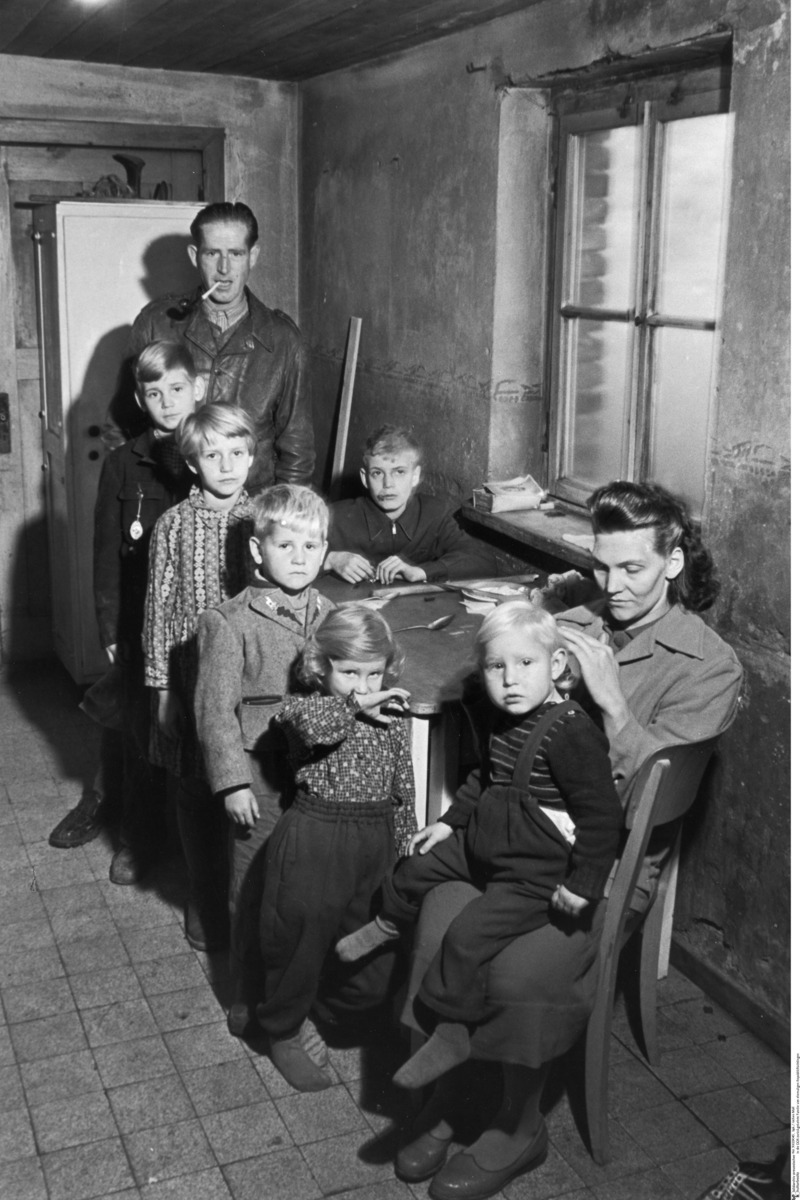Abstract
In the 1950s and 1960s, there was also a migration movement from West
to East – that is, one that ran opposite to the flow of East Germans out
of the GDR. Of the half million people who moved from West to East,
two-thirds were “returnees,” or former GDR citizens who decided to
return home, and one-third were West Germans who were moving to the GDR.
When questioned, the majority of the returnees indicated that they had
returned for family reasons. Others, however, had returned after failing
to meet the criteria for West Germany’s emergency admission procedure
[Notaufnahmeverfahren], or they had
left for economic reasons, such as unemployment and housing problems. In
the end, however, only about 60 percent of these West-East migrants
remained in the GDR; the rest returned to the West. After the Wall was
built in 1961, West-East migration dropped dramatically.
